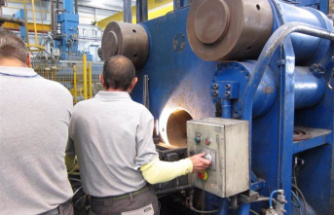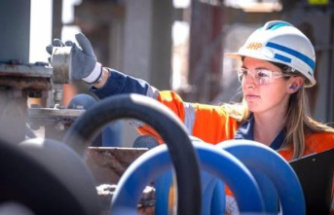An American medical team announced on Thursday that it had for the first time grafted a human ear implant created from the cells of the treated patient and using a 3D printer, a procedure which should be able to help people suffering from a rare birth defect.
This operation was performed as part of a clinical trial to assess the safety and effectiveness of such an implant for people with microtia, whose outer ear has not developed properly.
AuriNovo, the name of the implant, was developed by the company 3DBio Therapeutics, and the operation carried out by Arturo Bonilla, founder of an institute specializing in the treatment of this malformation, in San Antonio, Texas.
“As a doctor who has treated thousands of children with microtia across the country and around the world, I am excited about this technology and what it could mean for patients and their families,” the surgeon said. in a company statement.
The procedure is performed by creating a 3D impression of the patient's fully developed other ear and then harvesting cartilage cells from their ear.
These are then cultured to obtain a sufficient quantity, then they are mixed with a collagen hydrogel. It is this mixture that is used to print the implant.
The clinical trial must include a total of 11 patients, in California and Texas.
Dr. Bonilla said he hopes the implant can one day replace existing treatments, which involve creating a prosthesis from the removal of cartilage from a rib, or a substance called porous polyethylene.
The first solution is a cumbersome procedure, and the implant using the porous polyethylene is less flexible than the one tested today, he explained.
Microtia affects about 1,500 babies in the United States each year, according to the company.
If they have no other health problems, these children can live quite normally. But some may find it difficult to see how others see this malformation.













